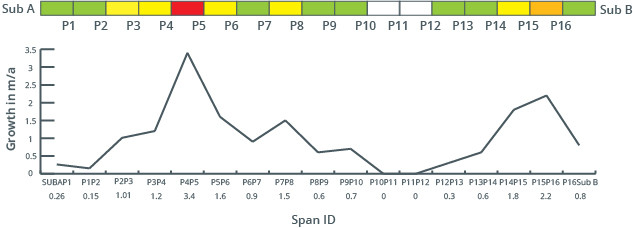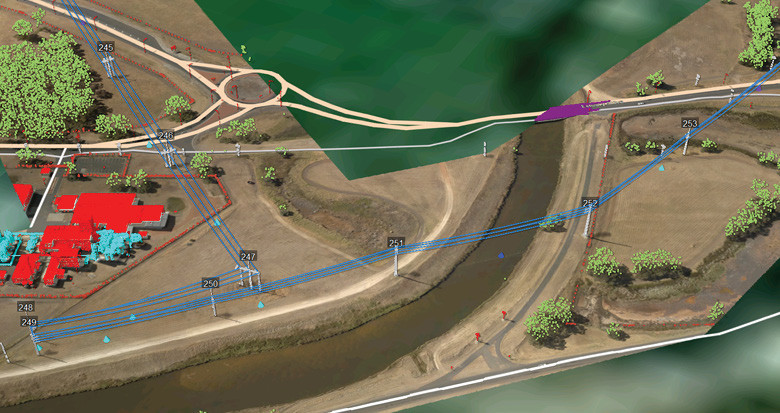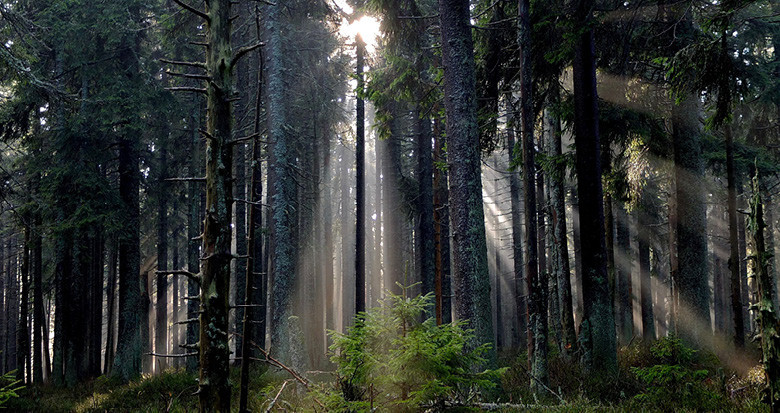Exploring vegetation growth rates for managing networks
By Sophie Davison – Products Manager at NM Group
In this blog I am talking about Vegetation Growth Rates. Understanding the growth rate of vegetation means a utility can be more efficient when managing this risk. But what are the options if you want to apply growth rates into your vegetation management?
Existing models do exist
There are a wealth of published models describing expected growth rates of innumerable species and species mixes, defined for a specific climate or soil condition. However, such information can often be difficult to use in a utility context. This is because the existing models may not fit the exact environmental conditions as those found on a utilities power network.

Creating effective cutting cycles
Additionally, the drivers behind these models are usually focused on the amount of merchantable timber or on purely vertical growth. In reality, utilities are most interested in their exposure to vegetation hazards. This information can then be used to switch to more resource effective cutting cycles, reducing costs without incurring an increase in vegetation related risk.

LiDAR based year on year comparisons
Through analysis of multi-year LiDAR, we have developed a series of models to compare year on year change in clearance distances. Including both grow-in and fall-in conditions, we also consider the change in vegetation cover along the power corridor. Reporting this on a span-by-span basis provides localised growth rates. Helping to better inform trimming schedules and level of cut back required – making potentially significant savings on operational expenditure through more efficient targeting.
Find out more about NM Group’s Vegetation Management solutions
